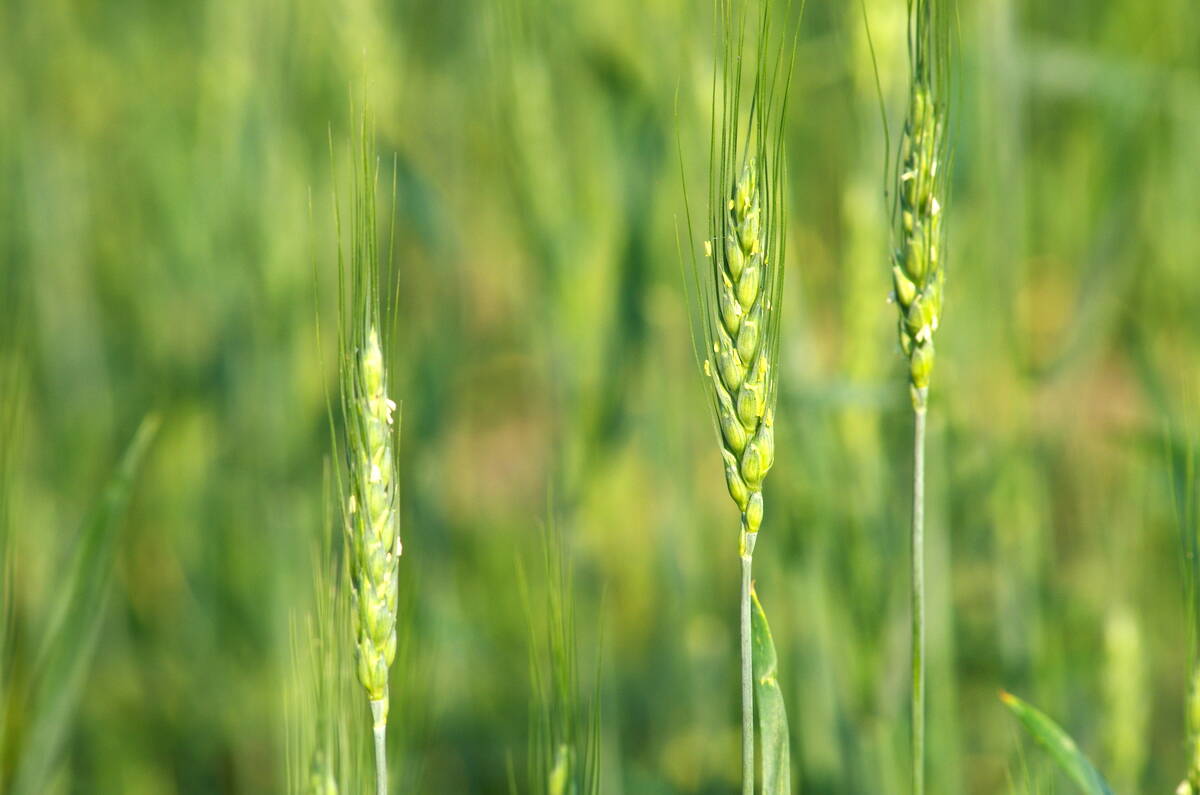Canola growers are being urged not to throw expensive inputs at any unexplained damages or strange growth in their crops without first knowing the cause.
The advice Wednesday from the Canola Council of Canada follows reports of many canola fields in the central Peace region of Alberta showing “unexplained symptoms.”
In some cases, plants appear green and lush but bud clusters are not forming. In others, the council said, plants are spindly and purplish.
“The common factor seems to be fields of canola on canola stubble, but it’s not limited to any one canola herbicide system,” the council said.
Read Also

California researchers create nitrogen-fixing wheat
U.S. crop breeders have created a wheat variety capable of creating its own nitrogen fertilizer.
But in any case, “until you know the cause of damage, take no action,” the council said. “There’s no sense spending money on fungicide, insecticide or nutrient topdress without properly identifying the target problem.”
Herbicide carryover is one possible cause for the lush plants with missing buds, the council said. A soil bioassay, which can be done in four to six weeks by Alberta Innovates at Vegreville, can identify the herbicides present in the soil.
Among the other possible causes are lygus bug feeding on drought-stressed canola, which might explain the combination of lush growth and blanked out buds. Sulphur deficiency, meanwhile, may explain the spindly purplish plants.
Swede midge has been mentioned as a cause, but is unlikely, the council said, as swede midge haven’t yet been reported west of eastern Saskatchewan.
Phytoplasma carried by leafhoppers is also possible, the council said, but herbicide carryover is more likely and has to be ruled out first.
Root rot?
The council has also had a report from a Roundup Ready canola field in central Manitoba, seeded into sandier soil that has recently had excess water. Many canola plants throughout the field were bent and growing horizontally. The plants could be plucked out of the ground without any effort, and their tap roots had no hairs.
In those cases, the council said Wednesday, root rot is the “likely but unconfirmed” cause.
Brown girdling root rot, which shows similar symptoms, is rarely seen outside of the Peace region, so tests would need to be done to confirm it, the council said. Nothing can be done to control it other than avoiding short rotations, “but this is no guarantee.”
Argentine canola is much more resistant to the adult plant root rots than Polish canolas, the council said, “but with the right conditions it still can be a problem.”
When assessing the cause of damage in such cases, the council advised, growers will first want to look for insect damage or above-ground disease. No lesions or bite marks were noticed on the central Manitoba crop.
Growers faced with similar root problems could also consider herbicide damage as a possible cause. In the Manitoba field, the previous crop was wheat sprayed with Everest — and the crop showed no Group 2 injury symptoms such as purpling, clumping or abortions of flowers. Look for patterns in the field that would suggest drift, the council said.
Nutrient deficiency should also be considered as a cause, the council said. The Manitoba field, however, had good levels of applied fertilizer, no deficiency symptoms were seen, and damage was spread throughout the field.













